|
Galanthus are as hardy as they are beautiful and will sprout and bloom even through frost and snow, hence their common name - snowdrop - and although most species flower in late winter, a few flower in spring and even late autumn Galanthus nivalis (the common snowdrop) is widely grown in gardens, particularly in northern Europe, and is widely naturalised in woodlands in the regions where it is grown. It is considered to be naturalised though not native to Ireland but is, however, native to a large area of Europe, from Spain in the west eastwards toward Ukraine and as far north as France In the Uk and Ireland, the snowdrop was often thought of as a native wildflower, or to have been brought to the British Isles by the Romans, it is now thought that it was probably introduced much later, perhaps around the early sixteenth century The appeal of snowdrops is down to the time of year when most varieties flower, they are small and unassuming but when planted en masse they can be breathtaking. There are so few other plants around they really captivate the senses, it's easier to appreciate a flower in January than it is in May or June when there are so many other flowers in bloom. Galanthus is a small genus of only 20 species or so but it has sported over 2000 cultivars and is a plant that has its own group of followers - Galanthophiles, which like twitchers has addicts rushing to see and collect the rarities for themselves. All photographs were taken in Bellefield House, Shirone near Birr, Co Offaly; two acres of walled gardens and a woodland area planted with 1000's of spring bulbs, not just snowdrops. It is said to be one of the largest collections of rare and unusual snowdrops in Ireland One of the few gardens that have generous clumps of the yellow snowdrops 'Wendy's Gold' and 'Lowick' A few spring flowering shrubs were open too, none more beautiful with snowdrops than the witch hazel - Hamamelis
1 Comment
|
WildEdges
A haven of quiet countryside highlighting issues affecting the natural world. Categories
All
|

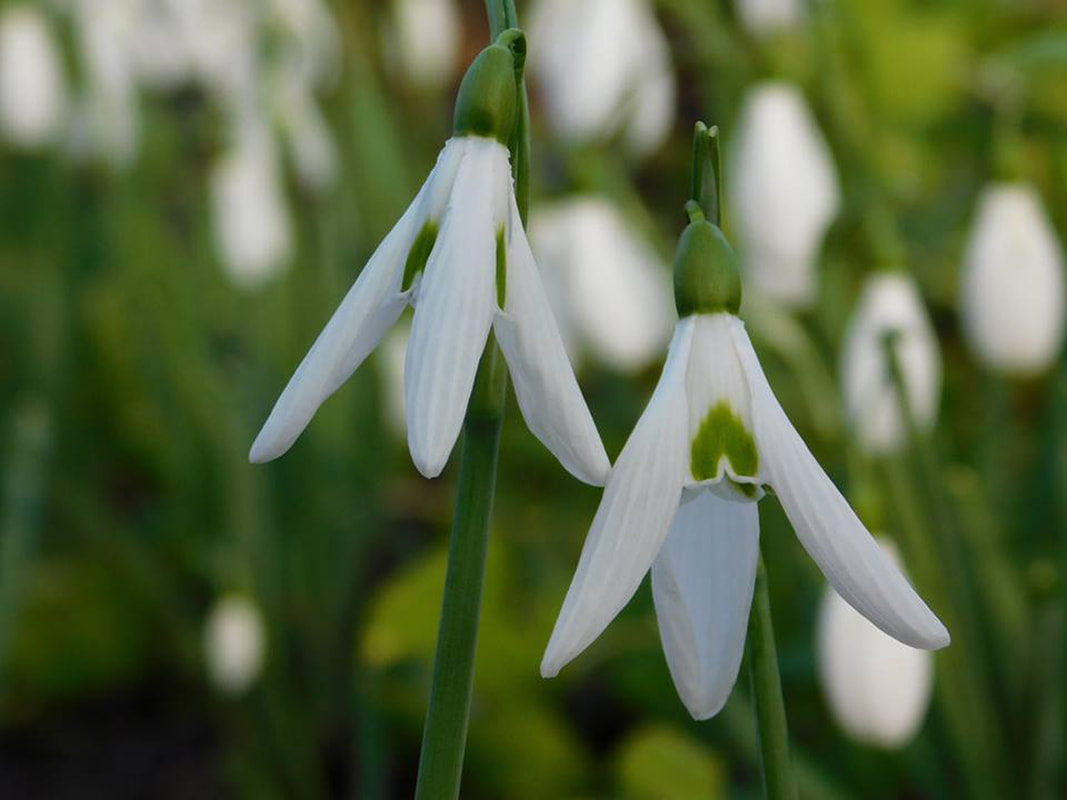
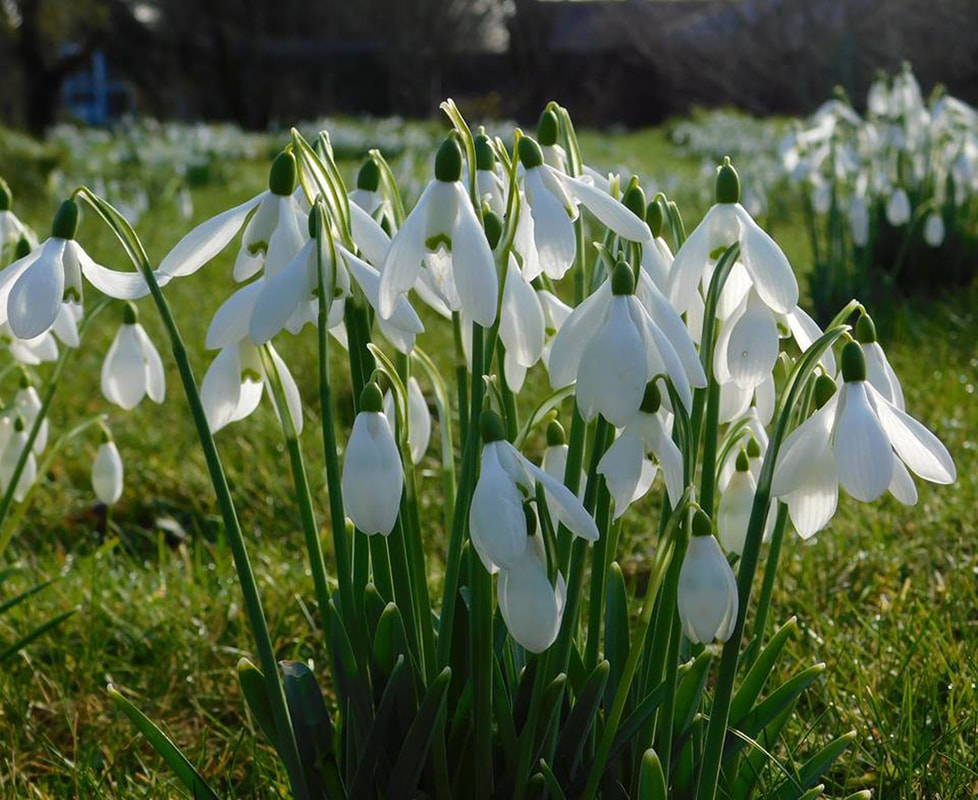
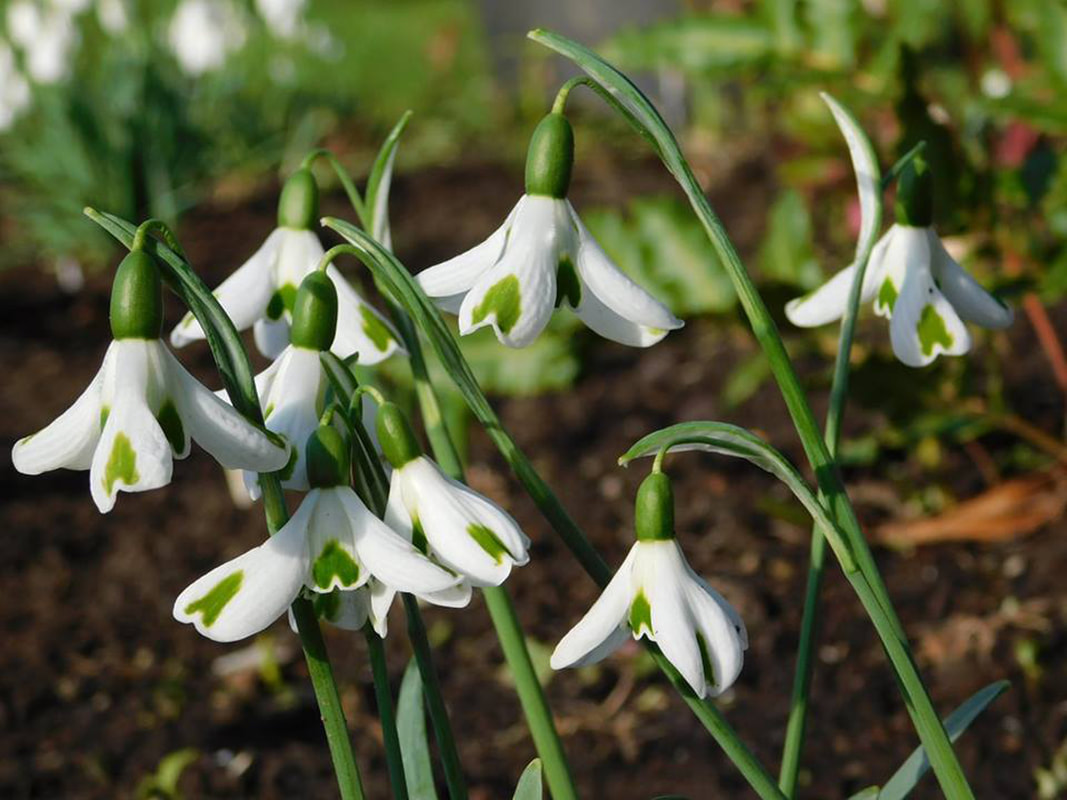

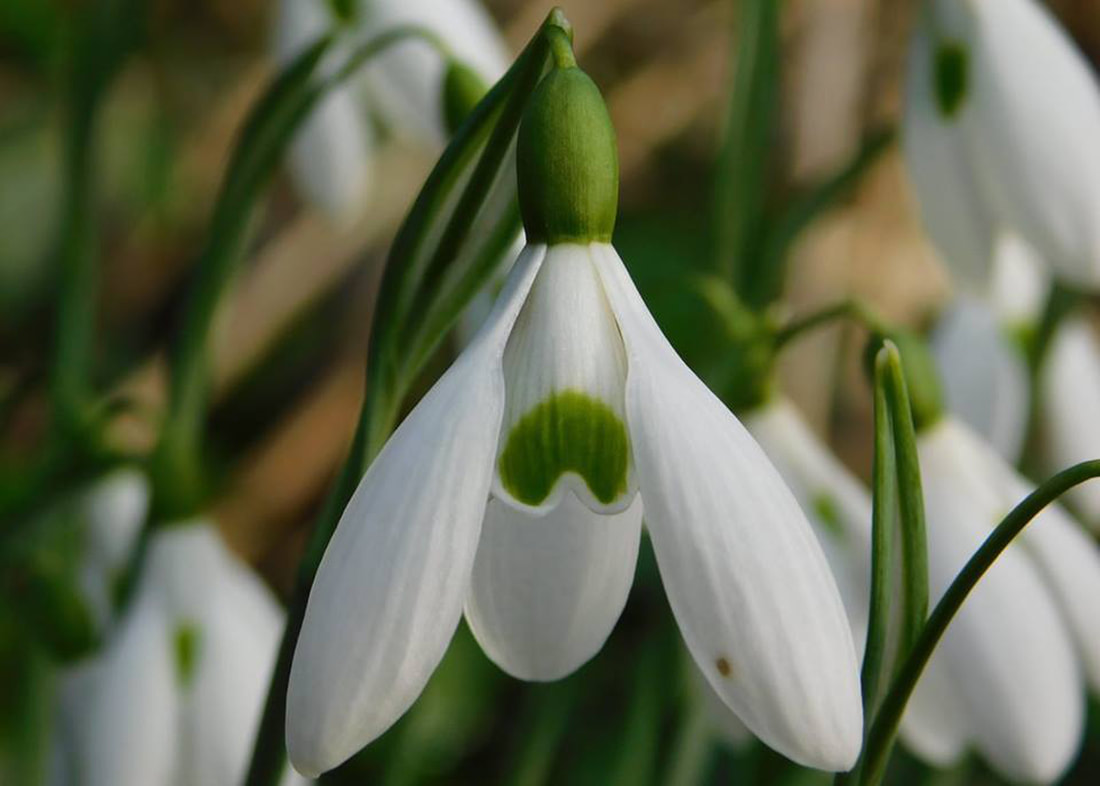

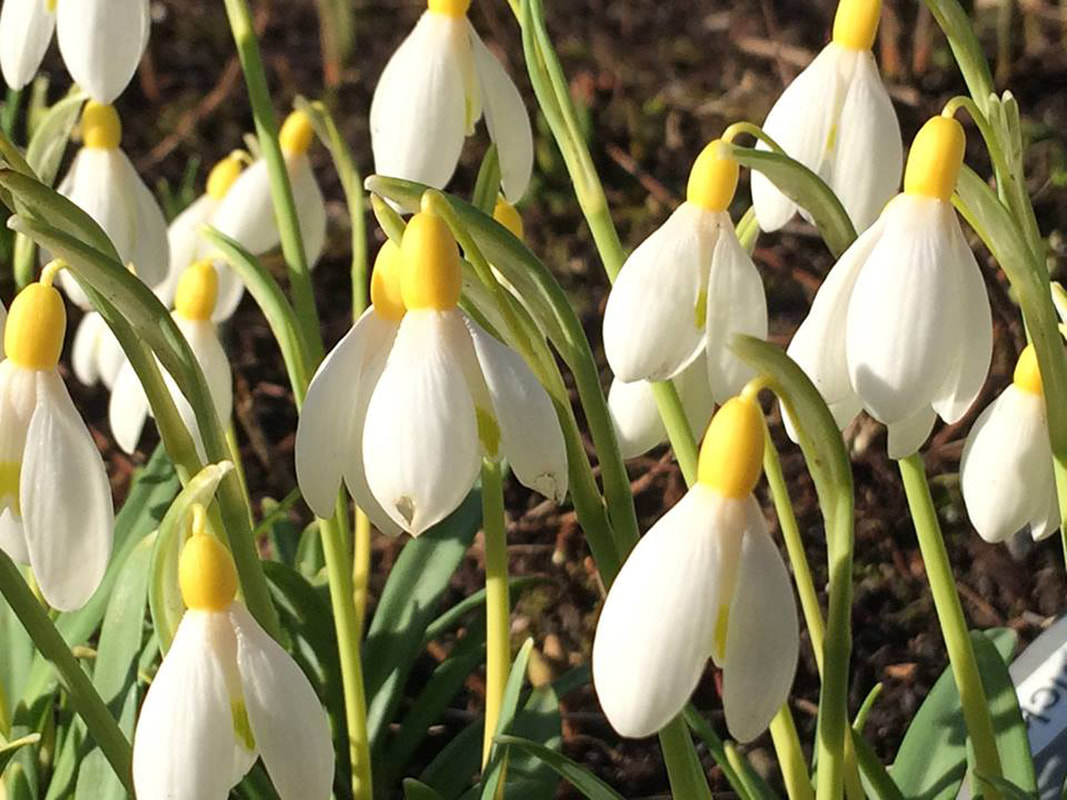
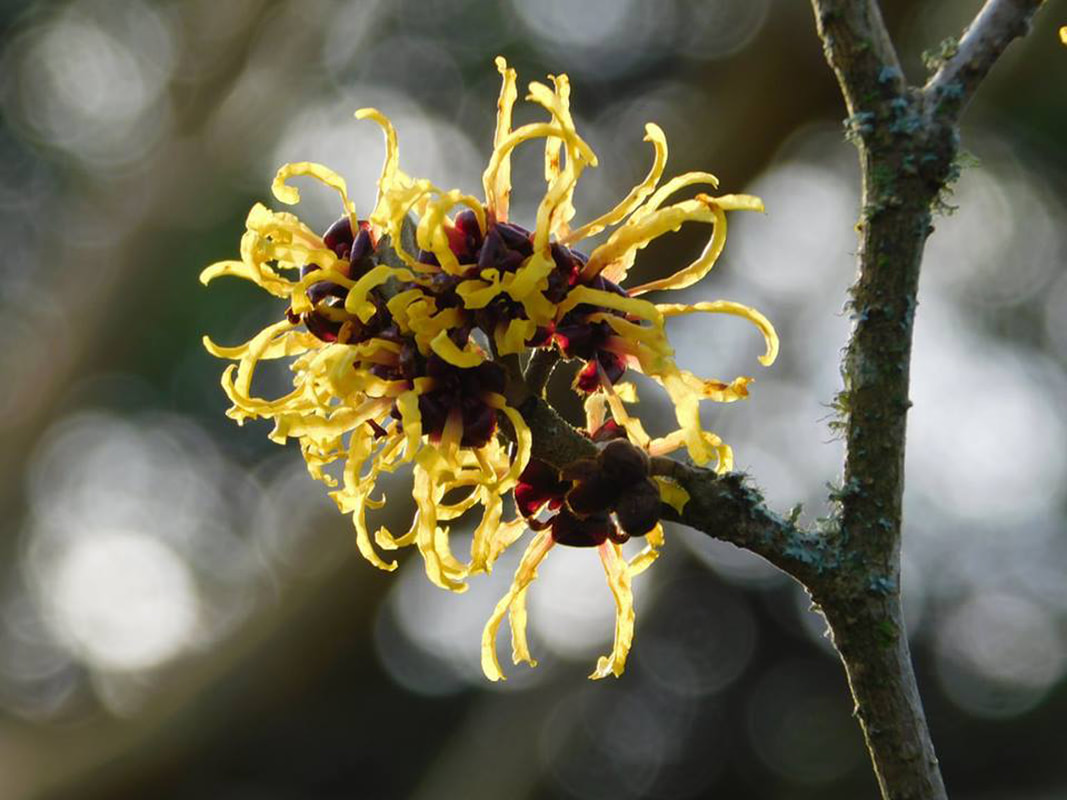
 RSS Feed
RSS Feed